Case
The Fukuyakkun system uses a smartphone or tablet to make sure that users are taking their medications properly. It is a fantastic tool for streamlining medication tasks and eliminating double-checking while automatically saving interaction records, making it an ideal solution for caregiving facilities that struggle with general medication management.
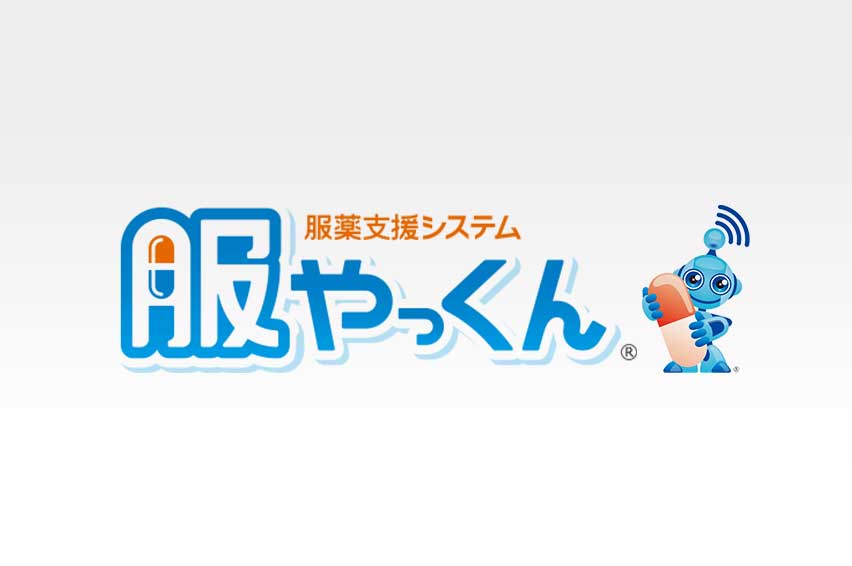
On-Site Testing
Fukuyakkun
The Fukuyakkun system makes it easier to assist people in taking their medications, but laying the groundwork for acceptance of the new technology is critical to making sure it can be effectively utilized in care settings. Future Care Lab in Japan clarified the steps leading up to adoption of the product, discussed it with pharmacies, held lectures at nursing care sites, and took other measures to create the right circumstances for introduction. Thanks to extensive support for operations from the development company, caregivers could help people take their medications without excessive reliance on human support.
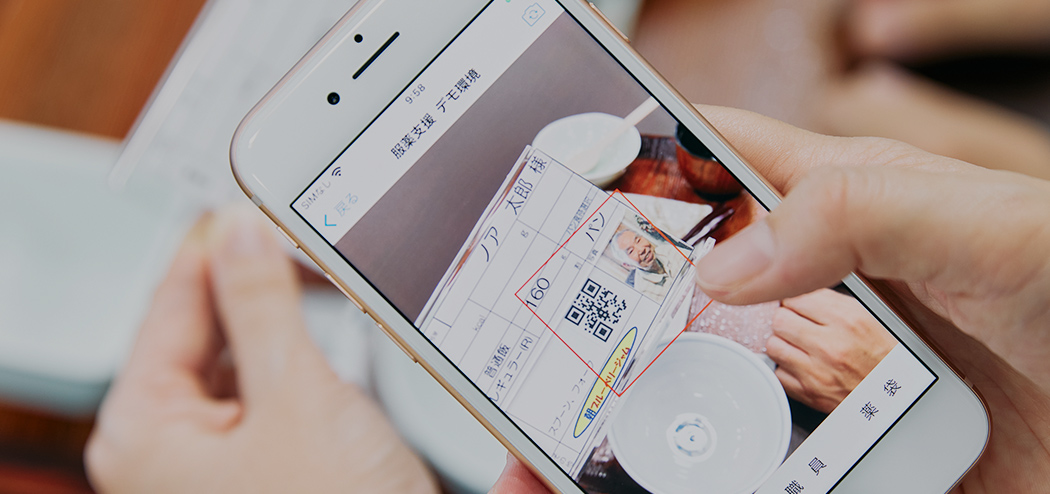
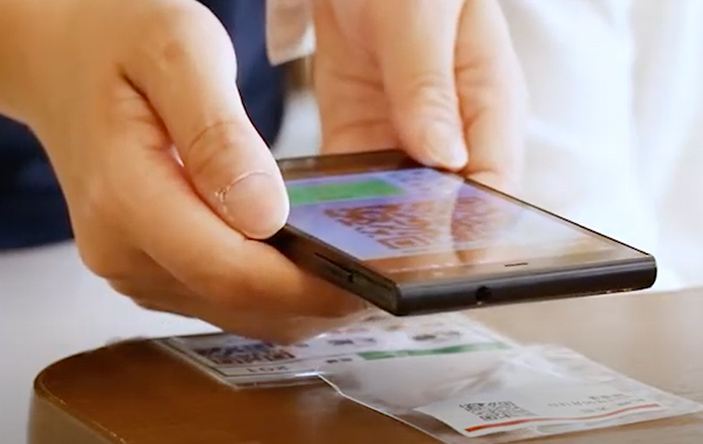
From
the Development Company
Our company is a general social services provider involved in the operation of paid senior care facilities and senior residential facilities. Our facilities have been struggling with medication management issues (such as medication errors and the increasing workload on caregivers), so we decided to develop the Fukuyakkun Medication Monitoring System to resolve them.
We first met Future Care Lab in Japan (“the Lab”) at an expo for nursing care equipment. We later gave a detailed product presentation at the Lab, which led to the introduction of Fukuyakkun at a Sompo Care facility where it was tested and evaluated. Our on-site tests assumed that we could replace their existing procedures with the Fukuyakkun system without changing the time it took to confirm medications, but we found that scanning the QR codes was too troublesome in certain cases, requiring us to provide training as well. The Lab staff measured the time for each medication confirmation with a stopwatch while the other facilities went by approximate feeling and total time, which sparked our interest in their careful investigation and review.
Fukuyakkun is now being used at 214 facilities across Japan. Going forward, we plan to further refine the system so that it’s even more targeted to medication delivery. The teams at the Lab are masters at product selection, drawing from their extensive experience and insights testing all kinds of products, so we hope they will continue providing us with feedback and advice on user experiences and functionality at the sites where our products have been introduced. We also hope to get their support in developing Fukuyakkun and making it even better.
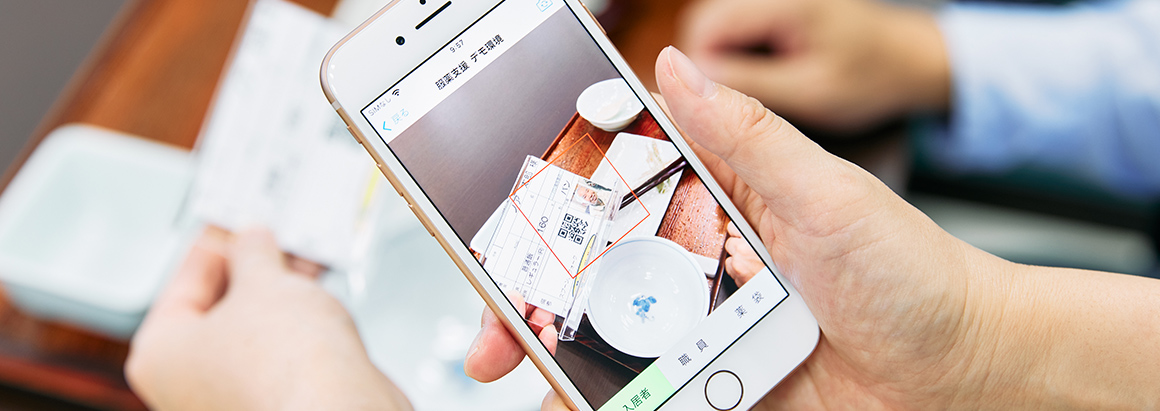
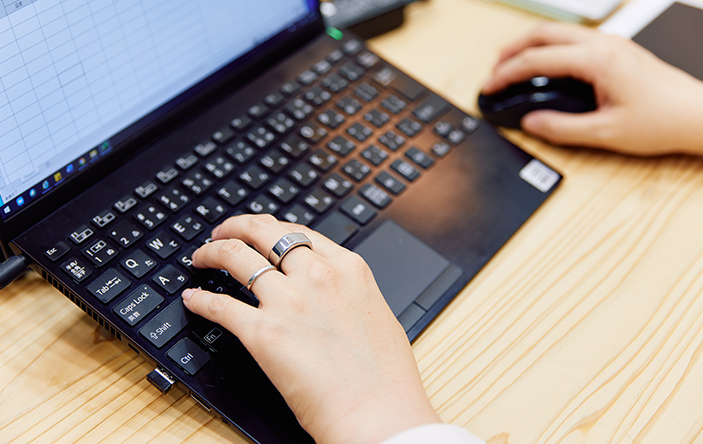
From
Future Care Lab in Japan
We looked at all kinds of protocols and possible solutions for preventing medication errors, dropped pills, and similar incidents in nursing care settings, including having caregivers work in teams of two to confirm with each other who was taking what medication and when. But the rules would only get more numerous and complex every time there was an incident, creating a negative cycle that only made incidents more prone to recurrence. Fukuyakkun draws from a database with all users’ dosage information and uses a QR code medication management system that can prevent human error by introducing a double-checking process involving both staff and the system.
We learned about the Fukuyakkun system at an expo, and were the ones who approached the development company. Once they had given a presentation on their system at the Lab, we reviewed the steps leading up to introduction, potential for initial data entry errors, and system operations before conducting a comparative test and evaluation across two facilities with different operating rules. The first facility simply introduced the Fukuyakkun system, while the second switched from a room-specific medication distribution method to a centralized management system first, before bringing in Fukuyakkun. One of the difficulties we had in introducing the system was creating a procedure for discussing the change with pharmacies beforehand and seamlessly integrating it into facility operations. We had the pharmacies install a printing machine that would affix QR codes to the medication, and started by using Fukuyakkun only in a limited timeframe to get the facility staff used to the new system gradually, rather than changing all three medication times over at once. It took quite a bit of time and effort to lay the groundwork for getting all the different players on board.
The development company had warned us ahead of time that this kind of time and effort would be required, so I’m glad we went through and clarified the steps leading up to product introduction first. The development company members were also kind enough to support the on-site staff while they were still getting used to the new operations, and we were tremendously grateful for their help. The project underlined for us just how important it is to go through a set of systematic steps when introducing any new technology. We’re currently testing and evaluating Fukuyakkun at a number of facilities and moving towards introduction there as well. We think the product has great potential, particularly at facilities that are concerned about medication assistance that relies exclusively on human effort and facilities that are saddled with heavy rules and recording procedures—measures that are designed to prevent medication errors but end up being time-consuming and a burden on their staff.
Interviews based on information current as of September 2021.
OTHER CASE